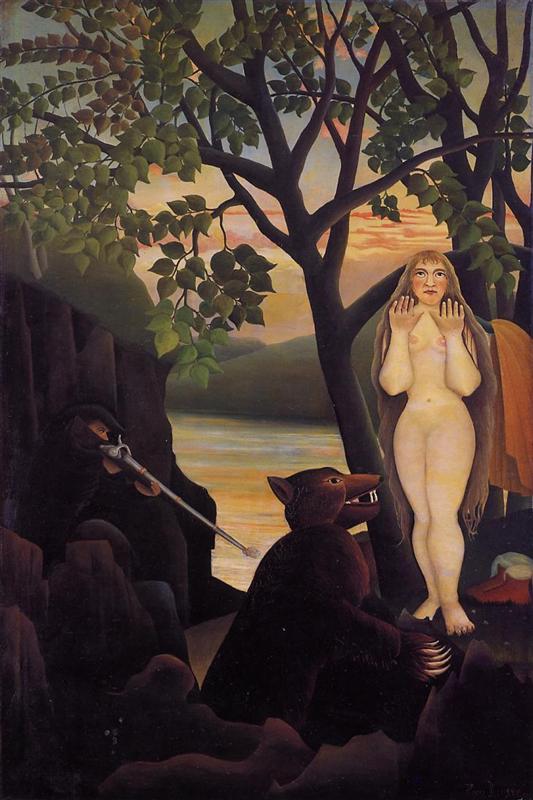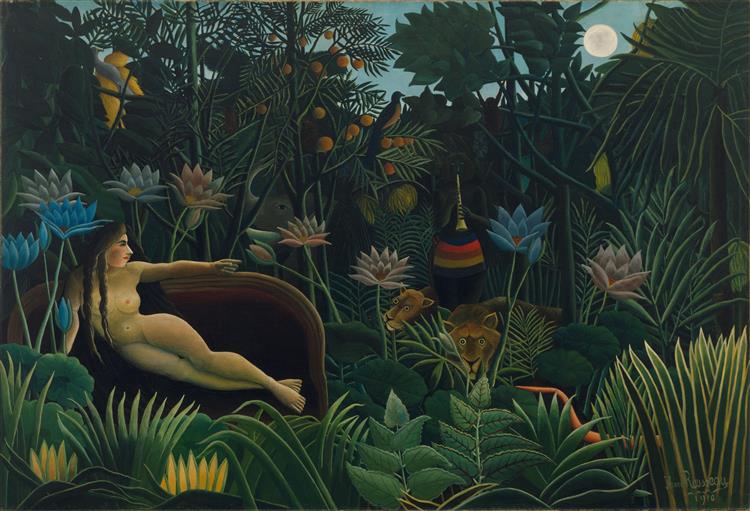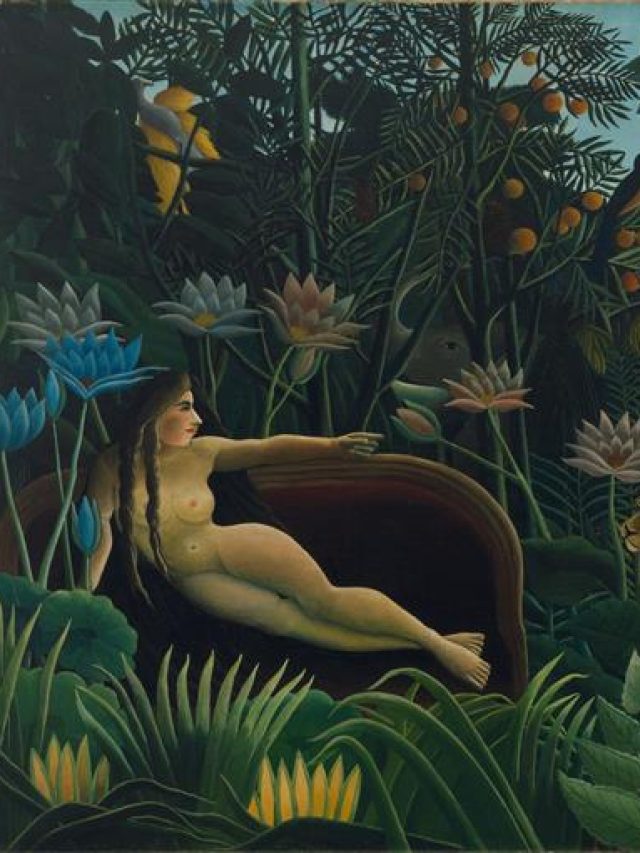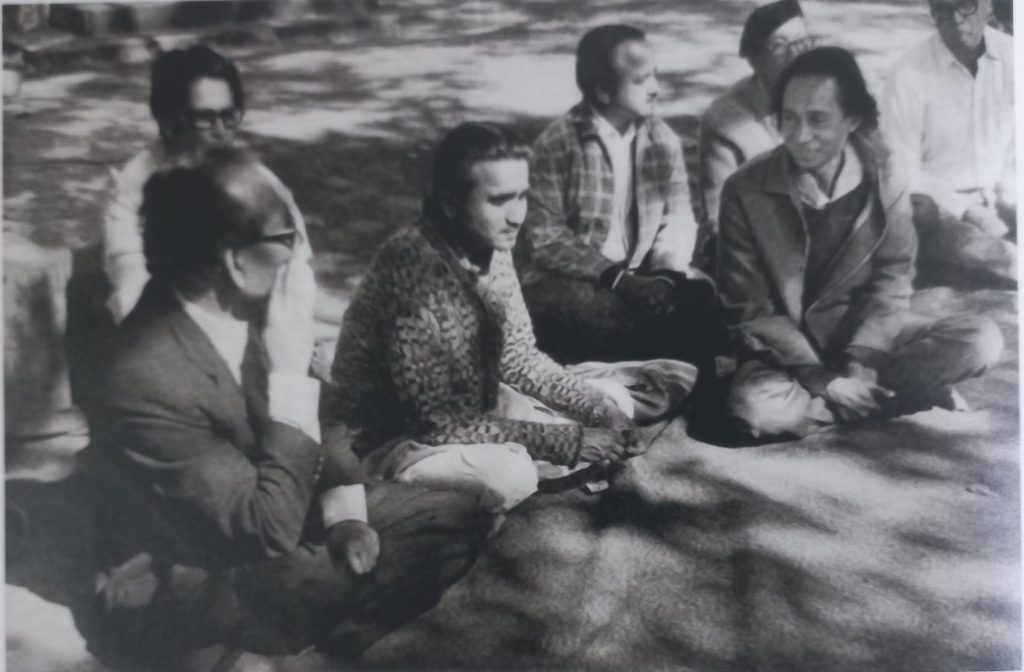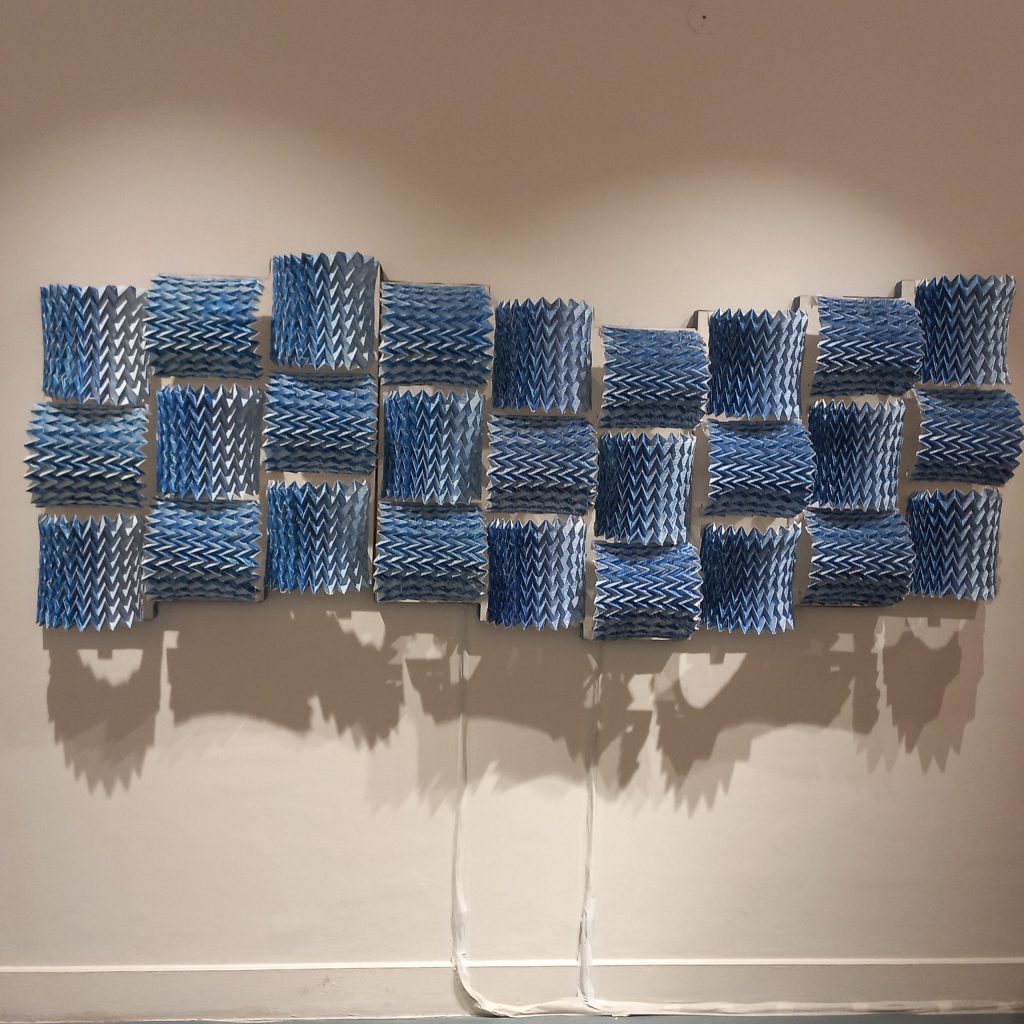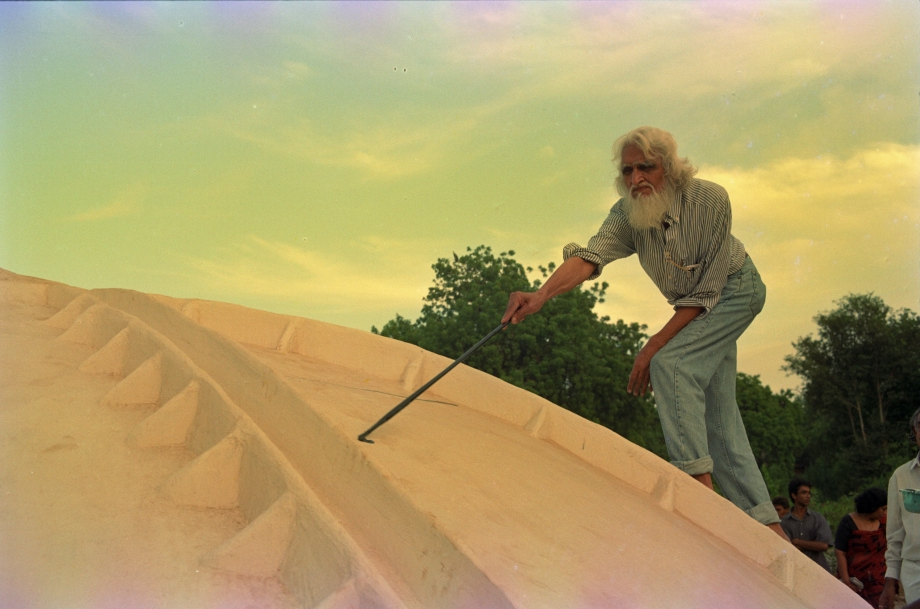Known by many as “Le Douanier” due to his work as a customs inspector, Henri Rousseau is a shining example of inventiveness and self-taught artistic genius. Rousseau did not receive professional training, yet his vivid colours, minute details, and surreal aspects make his paintings captivating. His paintings offer a fanciful study of nature, populated by exotic animals and lush greenery. His travels to botanical gardens and zoos in Paris mostly inspire them.
Although reviewers were first perplexed by Rousseau’s distinctive style, which combined naive art with imaginative vision, surrealists and avant-garde painters eventually came to admire him. Masterworks like “The Sleeping Gipsy” and “The Dream” invite spectators into a colourful and intriguing environment where fantasy and reality collide and transcend traditional artistic bounds. This introduction explores the qualities that make Henri Rousseau’s paintings enduringly fascinating to successive generations, delving into the mysterious allure of his work.
1. Sleeping Gypsy (1987)

2. War (1894)

3. The Dream (1910)

4. The Snake Charmer (1907)

5. Tiger in a Tropical Storm (1891)
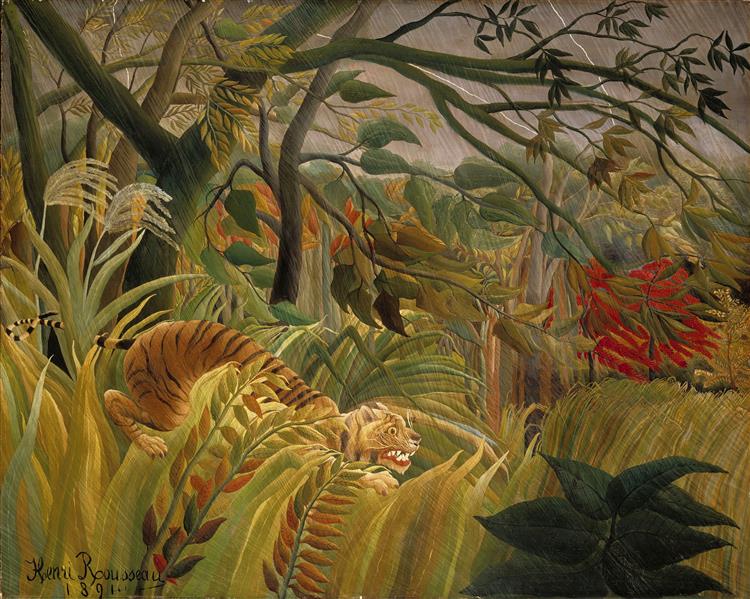
6. Exotic Landscape (1910)
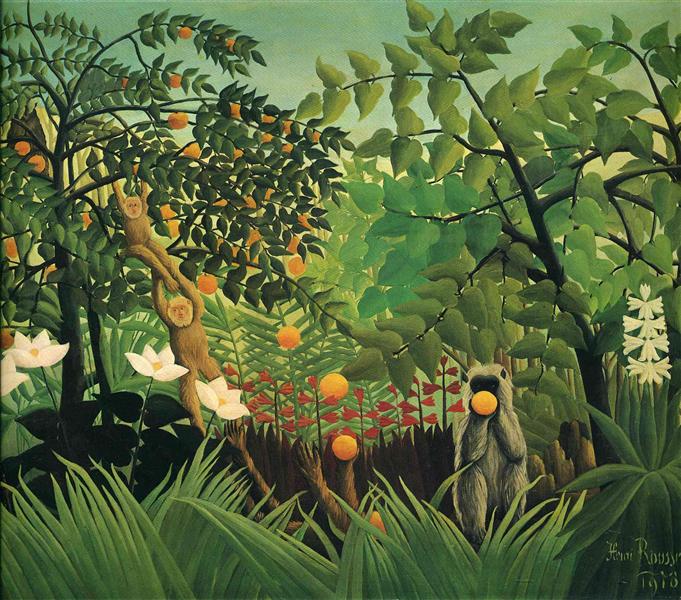
7. Carnival Evening (1885)

8. The Walk in the Forest
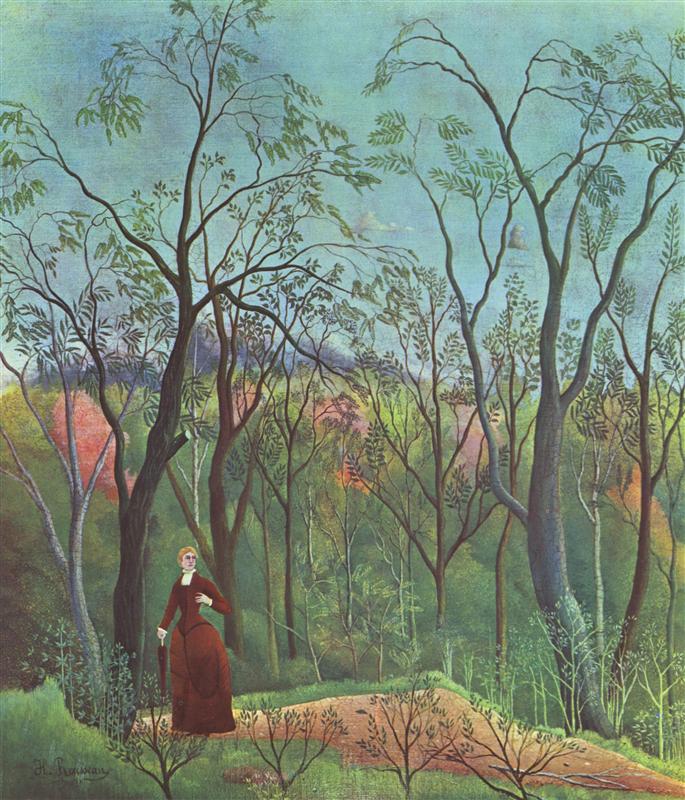
9. The Equatorial Jungle (1909)
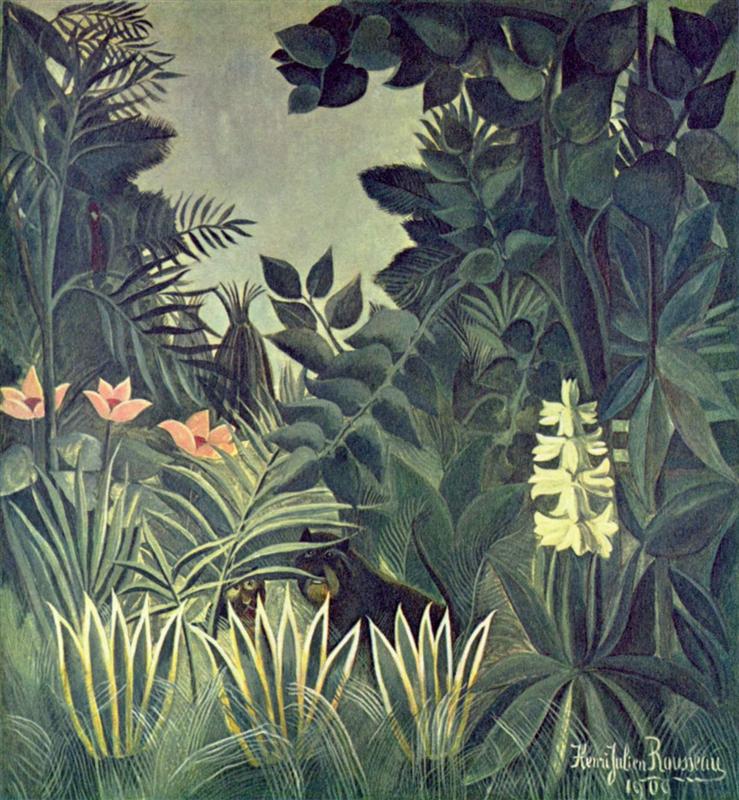
10. The Hungry Lion Throws Itself on the Antelope (1905)
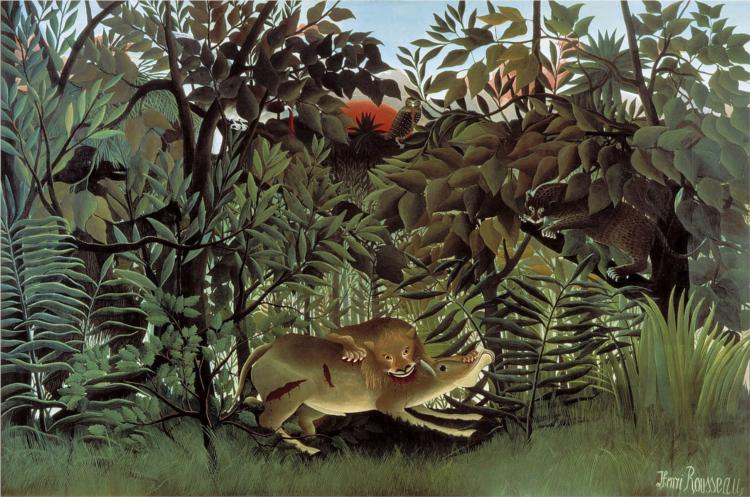
11. The Repast of the Lion (1907)
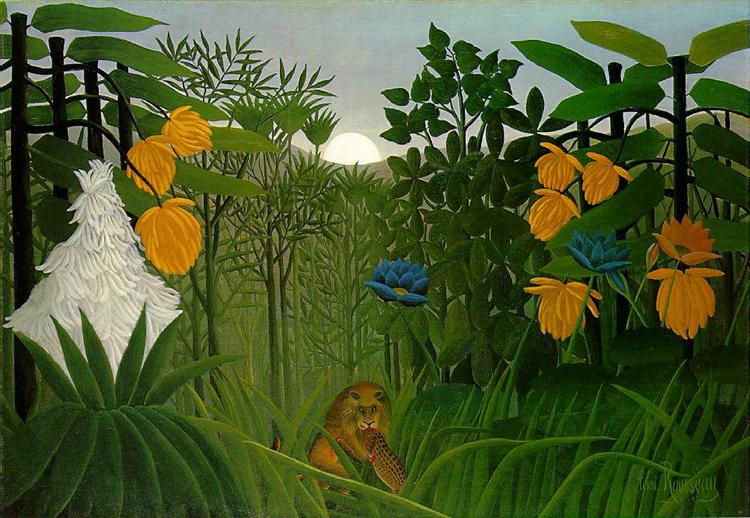
12. Centennial of Independence (1892)

13. Nude and Bear (1901)
